We all have that voice in our head. Sometimes it’s supportive and encouraging, but other times it’s a relentless critic, bombarding us with negative thoughts. These negative thought patterns can seep into every aspect of our lives, impacting our self-esteem, relationships, and overall well-being. The good news is, you’re not doomed to be a prisoner of your own negativity. You can learn to tame your inner critic and cultivate a more positive and empowering mindset.
Here’s a practical guide to transforming negative thoughts into positive ones:
1. Awareness: The First Step to Change
You can’t change what you aren’t aware of. The first step to breaking the cycle of negativity is to identify your negative thought patterns. Pay attention to the thoughts that run through your mind throughout the day. Ask yourself:
- What am I telling myself right now?
- Is this thought helpful or harmful?
- Does this thought make me feel better or worse?
Keep a thought journal. When you catch yourself thinking negatively, write it down. Note the situation, the trigger, and the resulting emotions. This helps you identify recurring themes and triggers that fuel your negativity.
2. Challenge the Validity of Your Thoughts
Once you’re aware of your negative thoughts, it’s time to question their validity. Just because you think something doesn’t mean it’s true. Ask yourself:
- Is there any evidence to support this thought?
- Is there any evidence to contradict this thought?
- Am I jumping to conclusions?
- Am I assuming the worst?
- Am I exaggerating or minimizing? (Catastrophizing or dismissing successes)
Often, negative thoughts are based on personal biases, assumptions, and fears, not on objective reality. By challenging these thoughts, you can begin to dismantle their power.
3. Reframe Your Thoughts: Find a Different Perspective
Reframing is the art of looking at a situation from a different angle. It involves replacing negative interpretations with more balanced and constructive ones. Here’s how:
- Look for the good: Every situation, even the difficult ones, usually has some positive aspect, however small. Focus on that.
- Reinterpret the situation: Instead of assuming the worst, consider other possible explanations. For example, if a friend doesn’t return your call, instead of thinking “They’re ignoring me,” consider that they might be busy or dealing with a problem.
- Focus on what you can control: When faced with a challenging situation, identify what you can influence and focus your energy there. Let go of what’s beyond your control.
- Use positive affirmations: Counteract negative thoughts with positive affirmations. For example, if you think, “I’m not good enough,” replace it with, “I am capable of learning and growing.”
4. Practice Self-Compassion
We’re often much harder on ourselves than we are on others. Practice treating yourself with the same kindness and understanding you would offer a friend.
- Acknowledge your struggles: Recognize that everyone makes mistakes and experiences setbacks.
- Speak to yourself kindly: Use gentle and encouraging language when you talk to yourself.
- Forgive yourself: Let go of past mistakes and focus on learning from them.
5. Cultivate Gratitude
Focusing on what you’re grateful for can shift your attention away from negativity and towards the positive aspects of your life. Make a habit of daily gratitude.
- Keep a gratitude journal: Write down things you’re grateful for each day.
- Express gratitude to others: Tell people you appreciate them and their contributions.
- Notice the small things: Pay attention to the everyday pleasures, like a beautiful sunset, a warm cup of coffee, or a kind gesture from a stranger.
6. Take Action: Change Your Behavior
Our thoughts influence our feelings, and our feelings influence our behavior. By taking positive action, you can reinforce positive thoughts and feelings.
- Engage in activities you enjoy: Make time for hobbies, interests, and activities that bring you joy and fulfillment.
- Surround yourself with positive people: Spend time with people who are supportive, encouraging, and uplifting.
- Practice self-care: Take care of your physical and emotional well-being by getting enough sleep, eating healthy, exercising regularly, and practicing relaxation techniques.
7. Seek Professional Help
Changing negative thought patterns can be challenging, especially if they’re deeply ingrained. If you’re struggling to cope, don’t hesitate to seek professional help from a therapist or counselor. They can provide you with personalized strategies and support to overcome negativity and cultivate a more positive mindset.
Transforming negative thoughts into positive ones is an ongoing process, not a one-time fix. It requires patience, practice, and commitment. By consistently applying these strategies, you can gradually rewire your brain, cultivate a more positive outlook, and unlock your full potential. Remember, you have the power to choose your thoughts and create a more fulfilling and joyful life.



